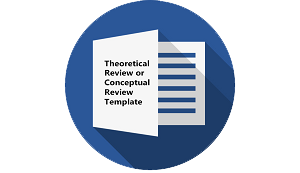IMAGERY IN SONG LYRICS OF ALICIA KEYS
DOI:
https://doi.org/10.30957/ijoltl.v1i1.169Keywords:
Literature, Theory of Imagery, Songs LyricAbstract
 The objective of this study is to identify kinds of imagery on songs lyric of Alicia Keys. This study used descriptive method to analyze data. Recorder songs lyrics of Alicia Keys were served as resources of data and imagery reflected in the lyrics was promoted as data of this study. The study revealed the following findings: (1) imagery was deserved in three lyrics of Alicia Keys: Girl on Fire, Superwoman, and A Woman’s Worth, (2) Kinds of imagery in the three lyrics songs included: auditory imagery, kinesthetic imagery, visual imagery and organic imagery and the forming is about a woman life, (3)  Message of songs figured out upon a woman’s life, suggesting a  woman should undertake real struggle and never gave up at whatever occurred in life.Â
Â
Downloads
Download data is not yet available.
Downloads
Published
2016-01-01
How to Cite
Yastanti, U., & Safitri, D. (2016). IMAGERY IN SONG LYRICS OF ALICIA KEYS. IJOLTL (Indonesian Journal of Language Teaching and Linguistics), 1(1), 49–66. https://doi.org/10.30957/ijoltl.v1i1.169
Issue
Section
Articles
License
Authors who publish with this journal agree to the following terms:
- Authors retain copyright and grant the journal right of first publication with the work simultaneously licensed under a Creative Commons Attribution-ShareAlike 4.0 International License that allows others to share the work with an acknowledgement of the work's authorship and initial publication in this journal.
- Authors are able to enter into separate, additional contractual arrangements for the non-exclusive distribution of the journal's published version of the work (e.g., post it to an institutional repository or publish it in a book), with an acknowledgement of its initial publication in this journal.
- Authors are permitted and encouraged to post their work online (e.g., in institutional repositories or on their website) prior to and during the submission process, as it can lead to productive exchanges, as well as earlier and greater citation of published work (See The Effect of Open Access).












